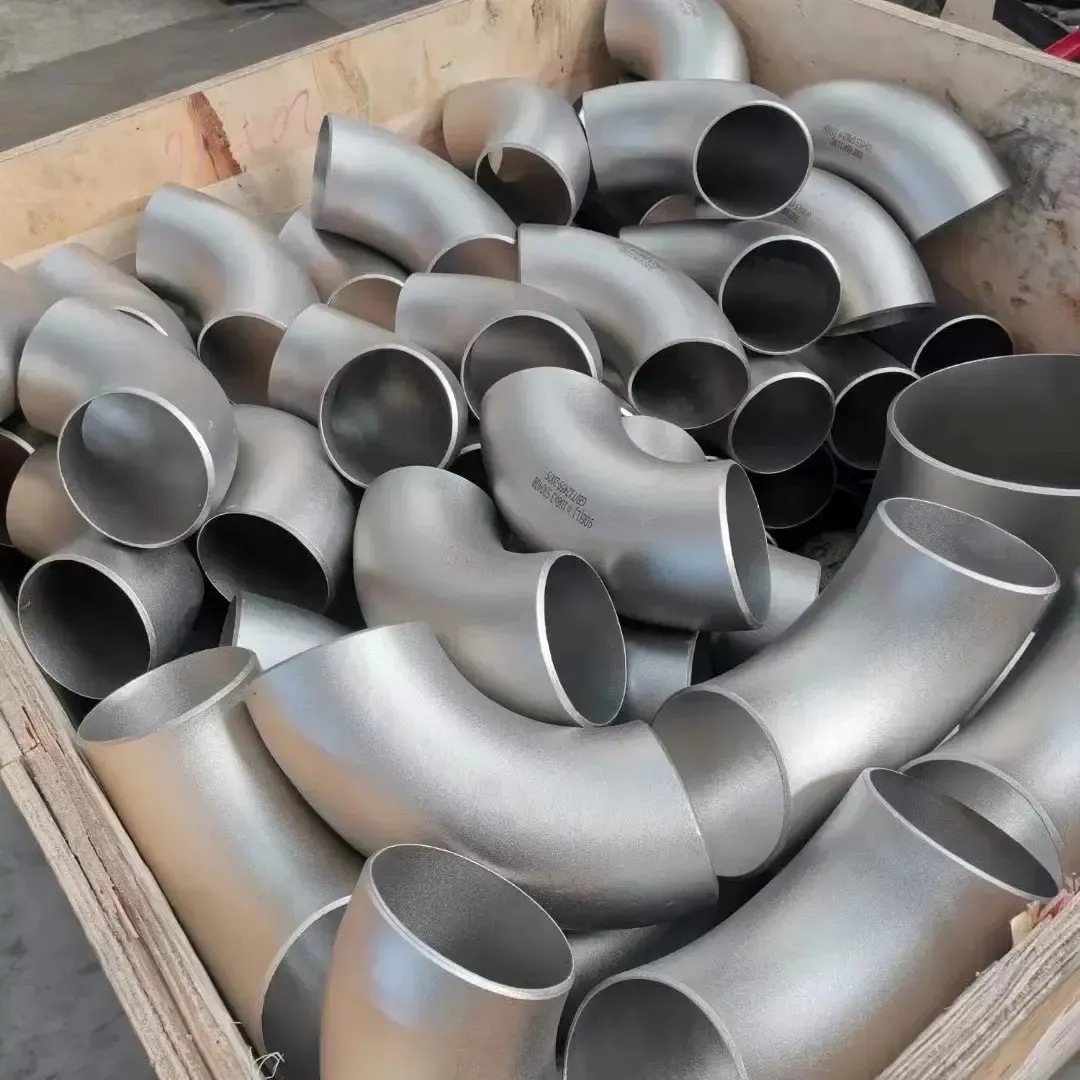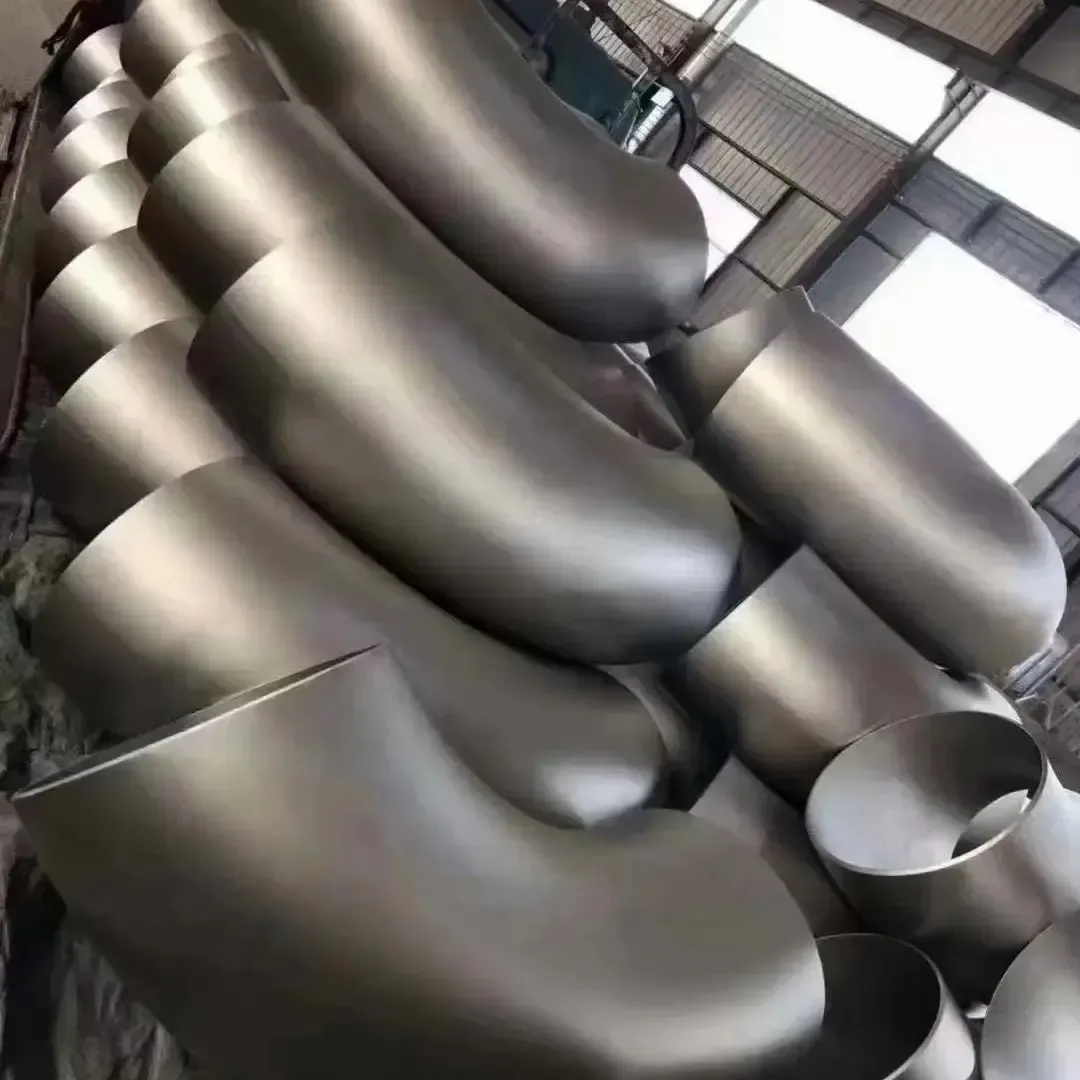-
Cangzhou Yulong Steel Co., Ltd.
-
Phone:
+86 13303177267 -
Email:
admin@ylsteelfittings.com
- English
- Arabic
- Italian
- Spanish
- Portuguese
- German
- kazakh
- Persian
- Greek
- French
- Russian
- Polish
- Thai
- Indonesian
- Vietnamese
- Zulu
- Korean
- Uzbek
- Hindi
- Serbian
- Malay
- Ukrainian
- Gujarati
- Haitian Creole
- hausa
- hawaiian
- Hebrew
- Miao
- Hungarian
- Icelandic
- igbo
- irish
- Japanese
- Javanese
- Kannada
- Khmer
- Rwandese
- Afrikaans
- Albanian
- Amharic
- Armenian
- Azerbaijani
- Basque
- Belarusian
- Bengali
- Bosnian
- Bulgarian
- Catalan
- Cebuano
- China
- China (Taiwan)
- Corsican
- Croatian
- Czech
- Danish
- Esperanto
- Estonian
- Finnish
- Frisian
- Galician
- Georgian
- Kurdish
- Kyrgyz
- Lao
- Latin
- Latvian
- Lithuanian
- Luxembourgish
- Macedonian
- Malgashi
- Malayalam
- Maltese
- Maori
- Marathi
- Mongolian
- Myanmar
- Nepali
- Norwegian
- Norwegian
- Occitan
- Pashto
- Dutch
- Punjabi
- Romanian
- Samoan
- Scottish Gaelic
- Sesotho
- Shona
- Sindhi
- Sinhala
- Slovak
- Slovenian
- Somali
- Sundanese
- Swahili
- Swedish
- Tagalog
- Tajik
- Tamil
- Tatar
- Telugu
- Turkish
- Turkmen
- Urdu
- Uighur
- Welsh
- Bantu
- Yiddish
- Yoruba

Jan . 10, 2025 16:09 Back to list
Innovations in Butt Weld Elbow Manufacturing: Advances in Technology and Materials
In recent years, the manufacturing of butt weld elbows has seen significant technological advancements, improving both the performance and cost-effectiveness of these critical components in industrial piping systems. As industries like oil and gas, power generation, chemical processing, and construction continue to evolve, the demand for more efficient, durable, and specialized piping solutions grows. Innovations in butt weld elbow manufacturing are addressing these demands, offering a new level of precision, strength, and versatility. This article explores some of the most important innovations in the field, from cutting-edge welding technologies to advanced materials that enhance performance and sustainability.

Advanced Welding Techniques for Precision and Strength About Butt Weld Elbow
At the core of many innovations in but weld elbow manufacturing are the advancements in welding techniques. Traditional butt welding methods, which involve fusing two pipe sections together, have been refined over the years to produce joints that are stronger, more precise, and better able to withstand high pressure and temperature conditions. One key development in this area is the use of high-frequency induction welding (HF) and submerged arc welding (SAW).
HF welding, for instance, uses an electromagnetic field to heat the material and create a strong bond between the pipe sections. This method allows for a faster welding process and minimizes the risk of defects, ensuring a smooth, high-quality joint. Submerged arc welding, on the other hand, is known for its ability to produce deep, strong welds with minimal distortion, making it ideal for large-diameter butt weld elbows used in high-pressure systems.
Additionally, laser welding technology has gained traction in the butweld elbow manufacturing process. Laser welding offers high precision, reduced heat distortion, and faster production times. By using a focused laser beam to melt the edges of the pipe and fuse them together, this technology results in welds with exceptional strength and a clean, smooth finish. The ability to create nearly flawless welds without the need for post-weld treatments has revolutionized the production of butt weld elbows, especially in industries that require stringent quality control, such as aerospace and pharmaceuticals.
Material Innovations for Enhanced Durability About Butt Weld Elbow
Material innovation is another key driver behind the recent improvements in butt weld elbow manufacturing. In the past, butt weld elbows were typically made from carbon steel or stainless steel. While these materials are still widely used, the industry has seen an increasing demand for specialty alloys and composite materials designed to perform under specific conditions.
For instance, alloy steels with enhanced resistance to corrosion and high temperatures have become more popular, particularly in the oil and gas industry, where pipelines often operate in harsh environments. Materials such as Inconel, Hastelloy, and Monel are now being used to manufacture butt weld elbows that can withstand extreme temperatures and corrosive fluids found in chemical plants, offshore rigs, and refineries.
In addition to metals, there has been progress in the development of composite materials. These materials, which combine metals with polymers or fibers, offer improved strength-to-weight ratios, corrosion resistance, and thermal conductivity. Composite butt weld elbows are particularly advantageous in systems where weight reduction is a priority, such as in offshore oil rigs or aerospace applications.
The ability to select the most suitable material for each specific application ensures that butt weld elbows can be optimized for maximum performance, whether dealing with high-pressure gas, highly corrosive chemicals, or superheated steam. This flexibility is crucial as industries continue to evolve and face more complex and demanding operating conditions.

Automation and Robotics for Consistency and Efficiency About Butt Weld Elbow
Automation has become a game-changer in the manufacturing of butt weld elbows. Robotics and automated systems are now being used to streamline the production process, ensuring greater consistency and efficiency while reducing human error. Automated welding systems, guided by precise computer numerical control (CNC), are capable of producing high-quality welds at faster speeds than manual labor could achieve.
These advancements not only improve the consistency of butt weld elbows but also reduce the costs associated with labor and material waste. Robots can perform highly repetitive tasks with precision, ensuring that each weld is uniform and adheres to the required specifications. The result is a higher-quality product with less variation between individual elbows, which is crucial for industries that rely on tight tolerances and high safety standards.
Moreover, automation in butt weld elbow manufacturing allows for better tracking and monitoring of production processes. Data collected from robotic systems can be used to analyze and improve the quality control procedures, ensuring that each batch of elbows meets the strict standards required for their intended use. This approach minimizes defects, reduces scrap rates, and speeds up production timelines.
Sustainability in Butt Weld Elbow Manufacturing
As industries become more environmentally conscious, sustainability has emerged as a key focus in the manufacturing of butt weld elbows. Innovations in materials, energy consumption, and waste reduction are driving the development of more sustainable manufacturing processes.
One significant advancement is the increased use of recycled metals in the production of butt weld elbows. Steel and other metals are among the most recycled materials globally, and many manufacturers are now using high percentages of recycled content in their elbow production. This reduces the environmental impact of mining and material extraction, while also lowering the energy requirements associated with metal processing.
In addition to material recycling, energy-efficient manufacturing processes are becoming more widespread. New welding technologies, such as laser welding and induction heating, use less energy than traditional methods, which helps reduce the overall carbon footprint of production. Additionally, innovations in the coating and finishing of butt weld elbows are contributing to longer product lifespans, further reducing the need for replacements and minimizing waste.
Latest news
-
ANSI 150P SS304 SO FLANGE
NewsFeb.14,2025
-
ASTM A333GR6 STEEL PIPE
NewsJan.20,2025
-
ANSI B16.5 WELDING NECK FLANGE
NewsJan.15,2026
-
ANSI B16.5 SLIP-ON FLANGE
NewsApr.19,2024
-
SABS 1123 FLANGE
NewsJan.15,2025
-
DIN86044 PLATE FLANGE
NewsApr.19,2024
-
DIN2527 BLIND FLANGE
NewsApr.12,2024
-
JIS B2311 Butt-Welding Fittings LR/SR 45°/90° /180°Seamless/Weld
NewsApr.23,2024











